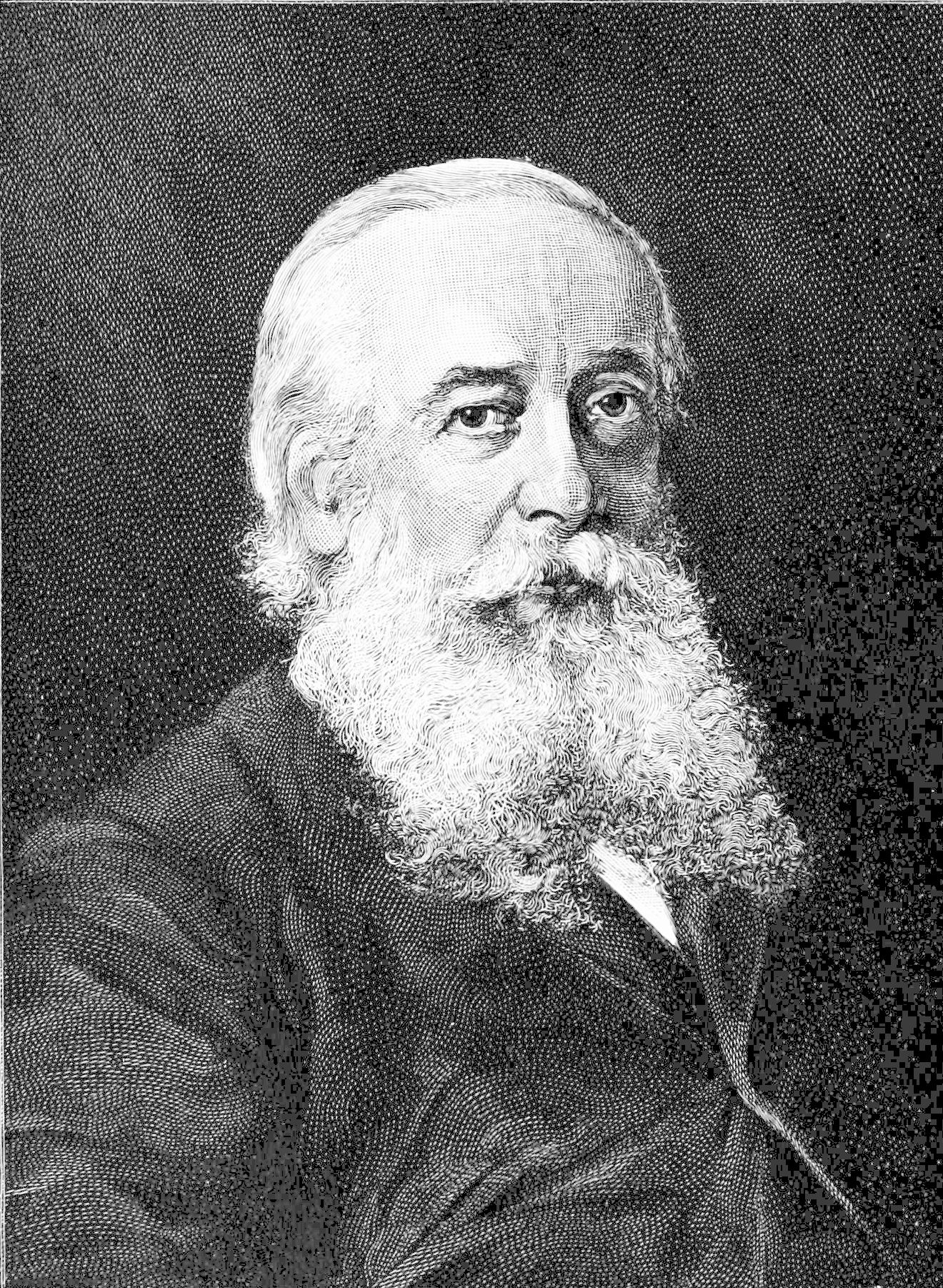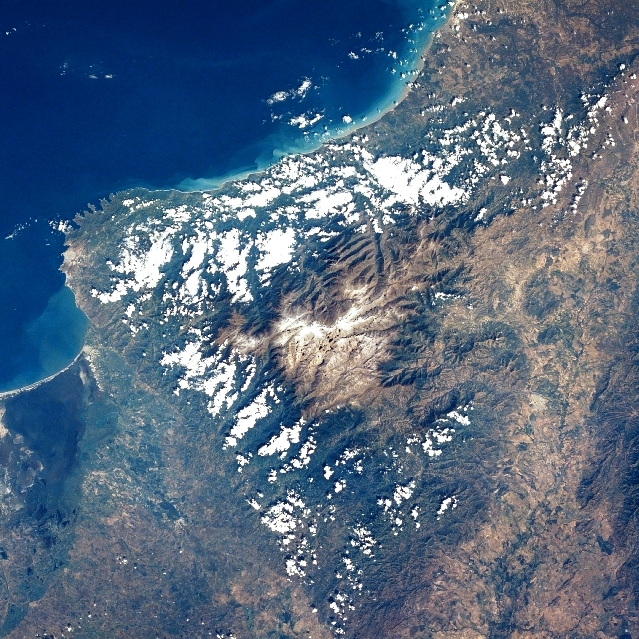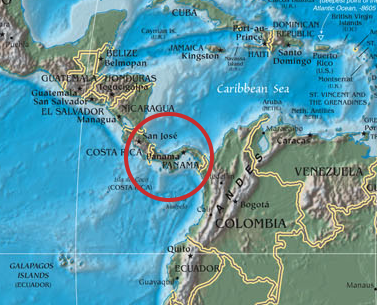|
Pleurobranchus Areolatus
''Pleurobranchus areolatus'' is a species of pleurobranchid sea slug, a type of marine gastropod mollusc, commonly found in the Caribbean Sea. It is up to 15 cm long and it feeds on ascidians. Taxonomy Although there were believed to occur six species of ''Pleurobranchus'' in the Caribbean Sea, the other five (''P. atlanticus'' Abbott, 1949, ''P. evelinae'' Thompson, 1977, ''P. crossei'' Vayssière, 1896, ''Susania gardineri'' White, 1952, ''P. reesi'' White, 1952 and ''P. emys'' Ev. Marcus, 1984) were synonymized with ''P. areolatus'' in 2015, based on molecular and morphological evidence.Goodheart J., Camacho-García Y., Padula V., Schrödl M., Cervera J. L., Gosliner T. M. & Valdés Á. (2015). "Systematics and biogeography of ''Pleurobranchus'' Cuvier, 1804, sea slugs (Heterobranchia: Nudipleura: Pleurobranchidae)". ''Zoological Journal of the Linnean Society'' 174(2): 322–362. . The specific names ''P. areolatus'' and ''P. evelinae'' were also commonly in use in lite ... [...More Info...] [...Related Items...] OR: [Wikipedia] [Google] [Baidu] |
Otto Andreas Lowson Mörch
Otto Andreas Lowson Mörch (his last name also spelled Mørch) (17 May, 1828 – 25 January, 1878) was a Danish zoologist who was known for his work in malacologist, malacology, the study of molluscs. He described numerous species both of fossil and extant molluscs. Life and work Mörch was born in Lund where his father Otto Josias worked as a gardener at the university botanical garden. His mother Dorothea Juliane née Sjobeck came from a Swedish family while his father was of a Danish lineage with most of his ancestors being priests. Their grandfather Andreas Lowson Mørch was parish priest at Dronninglund in Vendsyssel. His early education was under private tutors and he studied Latin before joining the Copenhagen Borgerdydskole in 1837. He then went to the Metropolitan school, leaving it in 1843 following the death of his father and subsequent pecuniary problems. He had attended lectures by Schouw, Eschricht and Forchhammer and his father had helped buy books on natural scien ... [...More Info...] [...Related Items...] OR: [Wikipedia] [Google] [Baidu] |
Carl Semper
Carl Gottfried Semper (July 6, 1832, Altona, Hamburg, Altona, Duchy of Holstein – May 29, 1893, Würzburg) was a German ethnologist and animal ecologist. His brother Georg Semper took an interest in the lepidoptera while his brother Johannes Otto Semper (1830–1907) specialized in the molluscs. Career Semper attended the Hanover Polytechnic from 1851 to 1854 and achieved a Ph.D. in zoology from the University of Würzburg in 1856. He traveled to the Philippines and Palau two years later, staying in the region until 1865 in association with Museum Godeffroy. Semper published several works detailing his observations and experiences among Pacific peoples. In addition to his written work, he delivered lectures at the Lowell Technological Institute (now merged into the University of Massachusetts Lowell) near Boston and maintained a large collection of animal specimens. His work in Palau is especially noted as comprising one of the very few reliable accounts of cultural practices t ... [...More Info...] [...Related Items...] OR: [Wikipedia] [Google] [Baidu] |
Pleurobranchus Digueti
''Pleurobranchus'' is a genus of sea slugs, specifically side-gill slugs, marine gastropod mollusc in the family Pleurobranchidae. They typically occur in intertidal and shallow subtidal waters of tropical and subtropical seas worldwide. Species As of November 2021, the World Register of Marine Species (WoRMS) recognizes following species as valid: * '' Pleurobranchus albiguttatus'' (Bergh, 1905) * '' Pleurobranchus areolatus'' Mörch, 1863 – Atlantic sidegill slug * '' Pleurobranchus crossei'' Vayssière, 1897 * '' Pleurobranchus digueti'' Rochebrune, 1895 * ''Pleurobranchus evelinae'' T. E. Thompson, 1977 * '' Pleurobranchus forskalii'' Rüppell & Leuckart, 1828 * ''Pleurobranchus grandis'' Pease, 1868Pease W. H. (1868). "Descriptions of marine Gasteropodae, inhabiting Polynesia". ''American Journal of Conchology'' 4(2): 71–80, Pls. 7–10. * ''Pleurobranchus hilli'' (Hedley, 1894) * '' Pleurobranchus iouspi'' Ev. Marcus, 1984 * ''Pleurobranchus lacteus'' Dall & Simpson, ... [...More Info...] [...Related Items...] OR: [Wikipedia] [Google] [Baidu] |
Saint Thomas, U
In Christian belief, a saint is a person who is recognized as having an exceptional degree of holiness, likeness, or closeness to God. However, the use of the term ''saint'' depends on the context and denomination. In Anglican, Oriental Orthodox, and Lutheran doctrine, all of their faithful deceased in Heaven are considered to be saints, but a selected few are considered worthy of greater honor or emulation. Official ecclesiastical recognition, and veneration, is conferred on some denominational saints through the process of canonization in the Catholic Church or glorification in the Eastern Orthodox Church after their approval. In many Protestant denominations, and following from Pauline usage, ''saint'' refers broadly to any holy Christian, without special recognition or selection. While the English word ''saint'' (deriving from the Latin ) originated in Christianity, historians of religion tend to use the appellation "in a more general way to refer to the state of special ... [...More Info...] [...Related Items...] OR: [Wikipedia] [Google] [Baidu] |
Type Locality (biology)
In biology, a type is a particular wikt:en:specimen, specimen (or in some cases a group of specimens) of an organism to which the scientific name of that organism is formally associated. In other words, a type is an example that serves to anchor or centralizes the defining features of that particular taxon. In older usage (pre-1900 in botany), a type was a taxon rather than a specimen. A taxon is a scientifically named grouping of organisms with other like organisms, a set (mathematics), set that includes some organisms and excludes others, based on a detailed published description (for example a species description) and on the provision of type material, which is usually available to scientists for examination in a major museum research collection, or similar institution. Type specimen According to a precise set of rules laid down in the International Code of Zoological Nomenclature (ICZN) and the ''International Code of Nomenclature for algae, fungi, and plants'' (ICN), the ... [...More Info...] [...Related Items...] OR: [Wikipedia] [Google] [Baidu] |
Santa Marta
Santa Marta (), officially the Distrito Turístico, Cultural e Histórico de Santa Marta (), is a port List of cities in Colombia, city on the coast of the Caribbean Sea in northern Colombia. It is the capital of Magdalena Department and the fourth-largest urban city of the Caribbean Region of Colombia, after Barranquilla, Cartagena, Colombia, Cartagena, and Soledad, Atlantico, Soledad. Founded on July 29, 1525, by the Spanish conqueror Rodrigo de Bastidas, it was one of the first Spanish settlements in Colombia, its oldest surviving city, and second-oldest in South America. This city is situated on a bay by the same name and as such, it is a prime tourist destination in the Caribbean region. History Pre-Columbian times Before the arrival of Europeans, the South American continent was inhabited by a number of Indigenous peoples of the Americas, indigenous groups. Due to a combination of tropical weather, significant rainfall, and the destruction and misrepresentation of man ... [...More Info...] [...Related Items...] OR: [Wikipedia] [Google] [Baidu] |
Pleurobranchus Iouspi
''Pleurobranchus'' is a genus of sea slugs, specifically side-gill slugs, marine gastropod mollusc in the family Pleurobranchidae. They typically occur in intertidal and shallow subtidal waters of tropical and subtropical seas worldwide. Species As of November 2021, the World Register of Marine Species (WoRMS) recognizes following species as valid: * '' Pleurobranchus albiguttatus'' (Bergh, 1905) * '' Pleurobranchus areolatus'' Mörch, 1863 – Atlantic sidegill slug * '' Pleurobranchus crossei'' Vayssière, 1897 * ''Pleurobranchus digueti'' Rochebrune, 1895 * ''Pleurobranchus evelinae'' T. E. Thompson, 1977 * '' Pleurobranchus forskalii'' Rüppell & Leuckart, 1828 * ''Pleurobranchus grandis'' Pease, 1868Pease W. H. (1868). "Descriptions of marine Gasteropodae, inhabiting Polynesia". ''American Journal of Conchology'' 4(2): 71–80, Pls. 7–10. * ''Pleurobranchus hilli'' (Hedley, 1894) * '' Pleurobranchus iouspi'' Ev. Marcus, 1984 * ''Pleurobranchus lacteus'' Dall & Simpson, ... [...More Info...] [...Related Items...] OR: [Wikipedia] [Google] [Baidu] |
Isthmus Of Panama
The Isthmus of Panama, historically known as the Isthmus of Darien, is the narrow strip of land that lies between the Caribbean Sea and the Pacific Ocean, linking North America, North and South America. The country of Panama is located on the isthmus, along with the Panama Canal. Like several isthmuses on Earth, as a relatively narrow land bridge between close seas, it is a location of great geopolitical and strategic importance. The isthmus is thought to have finally formed around 3 million years ago (Year#Abbreviations for "years ago", Ma), separating the Atlantic and Pacific Oceans and causing the creation of the Gulf Stream, as first suggested in 1910 by Henry Fairfield Osborn. Osborn based the proposal on the fossil record of mammals in Central America, a conclusion that would provide a foundation for Alfred Wegener when he proposed the theory of continental drift in 1912. Some recent studies suggest an earlier formation of the isthmus than the recognized age of 3 Ma, poten ... [...More Info...] [...Related Items...] OR: [Wikipedia] [Google] [Baidu] |
Pleurobranchus Varians
''Pleurobranchus varians'' is a species of sea slug, a sidegill slug, a marine gastropod mollusc in the family Pleurobranchidae. Taxonomy The sister species (the closest relative) is '' Pleurobranchus areolatus'' from Caribbean.Goodheart J., Camacho-García Y., Padula V., Schrödl M., Cervera J. L., Gosliner T. M. & Valdés Á. (2015). "Systematics and biogeography of ''Pleurobranchus'' Cuvier, 1804, sea slugs (Heterobranchia: Nudipleura: Pleurobranchidae)". ''Zoological Journal of the Linnean Society'' 174(2): 322-362. . Those two species split 3.10 million years ago (Isthmus of Panama formed 3.1–3.4 Mya). Both species have color morphs and for their proper determination is useful the knowledge of locality. Distribution The distribution of ''P. varians'' include the Hawaiian Islands and Vanuatu. The type locality is Hawaiian Islands. Description ''P. varians'' was originally discovered and described by William Harper Pease in 1860. Pease' original text (the type descripti ... [...More Info...] [...Related Items...] OR: [Wikipedia] [Google] [Baidu] |
Sister Species
In phylogenetics, a sister group or sister taxon, also called an adelphotaxon, comprises the closest relative(s) of another given unit in an evolutionary tree. Definition The expression is most easily illustrated by a cladogram: Taxon A and taxon B are sister groups to each other. Taxa A and B, together with any other extant or extinct descendants of their most recent common ancestor (MRCA), form a monophyletic group, the clade AB. Clade AB and taxon C are also sister groups. Taxa A, B, and C, together with all other descendants of their MRCA form the clade ABC. The whole clade ABC is itself a subtree of a larger tree which offers yet more sister group relationships, both among the leaves and among larger, more deeply rooted clades. The tree structure shown connects through its root to the rest of the universal tree of life. In cladistic standards, taxa A, B, and C may represent specimens, species, genera, or any other taxonomic units. If A and B are at the same taxonomic ... [...More Info...] [...Related Items...] OR: [Wikipedia] [Google] [Baidu] |
Natural History Museum, London
The Natural History Museum in London is a museum that exhibits a vast range of specimens from various segments of natural history. It is one of three major museums on Exhibition Road in South Kensington, the others being the Science Museum (London), Science Museum and the Victoria and Albert Museum. The Natural History Museum's main frontage, however, is on Cromwell Road. The museum is home to life and earth science specimens comprising some 80 million items within five main collections: botany, entomology, mineralogy, palaeontology and zoology. The museum is a centre of research specialising in Taxonomy (biology), taxonomy, identification and conservation. Given the age of the institution, many of the collections have great historical as well as scientific value, such as specimens collected by Charles Darwin. The museum is particularly famous for its exhibition of dinosaur skeletons and ornate architecture—sometimes dubbed a ''cathedral of nature''—both exemplified by the ... [...More Info...] [...Related Items...] OR: [Wikipedia] [Google] [Baidu] |
National Museum Of Natural History (France)
The French National Museum of Natural History ( ; abbr. MNHN) is the national natural history museum of France and a of higher education part of Sorbonne University. The main museum, with four galleries, is located in Paris, France, within the Jardin des Plantes on the left bank of the River Seine. It was formally founded in 1793, during the French Revolution, but was begun even earlier in 1635 as the royal garden of medicinal plants. The museum now has 14 sites throughout France. Since the 2014 reform, it has been headed by a chairman, assisted by deputy managing directors. The Museum has a staff of approximately 2,350 members, including six hundred researchers. It is a member of the national network of naturalist collections (RECOLNAT). History 17th–18th century File:Jardin du roi 1636.png, The Royal Garden of Medicinal Plants in 1636 File:Buffon statue dsc00979.jpg, Statue of Georges-Louis Leclerc, Comte de Buffon in the formal garden File:Buffon, Georges Louis - Lecler ... [...More Info...] [...Related Items...] OR: [Wikipedia] [Google] [Baidu] |




